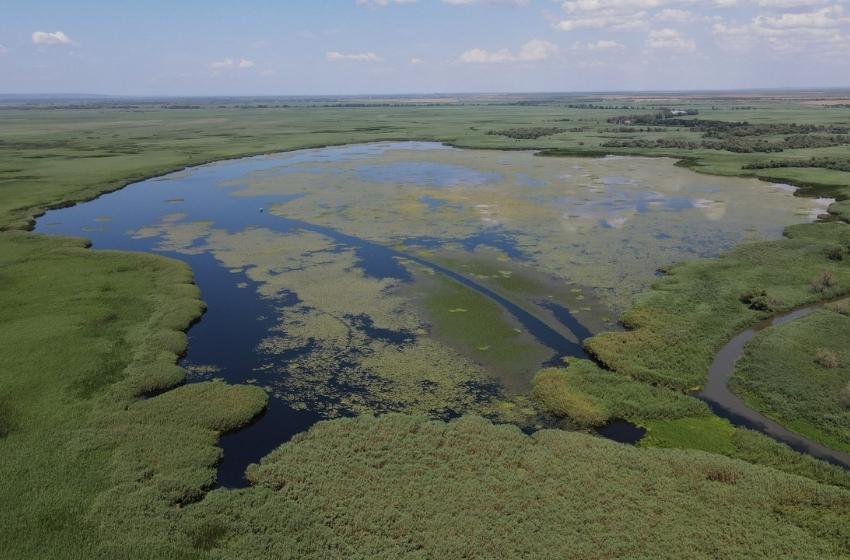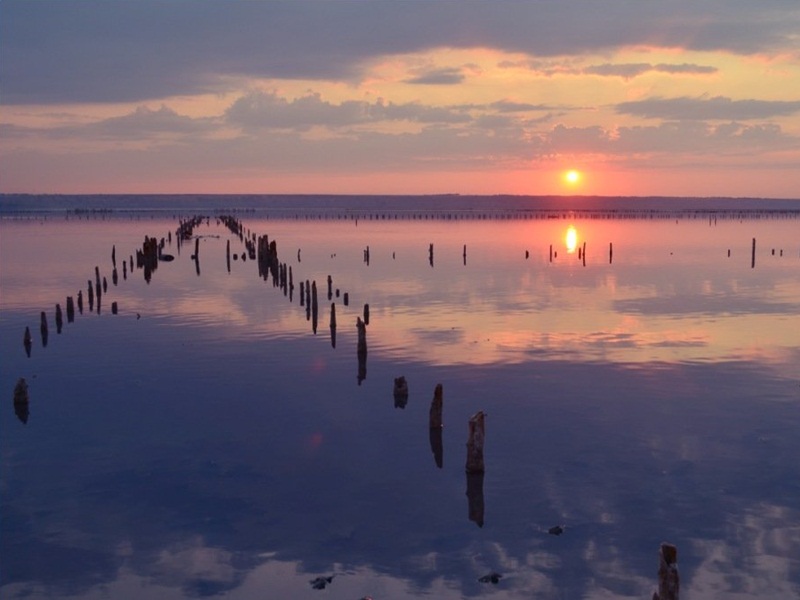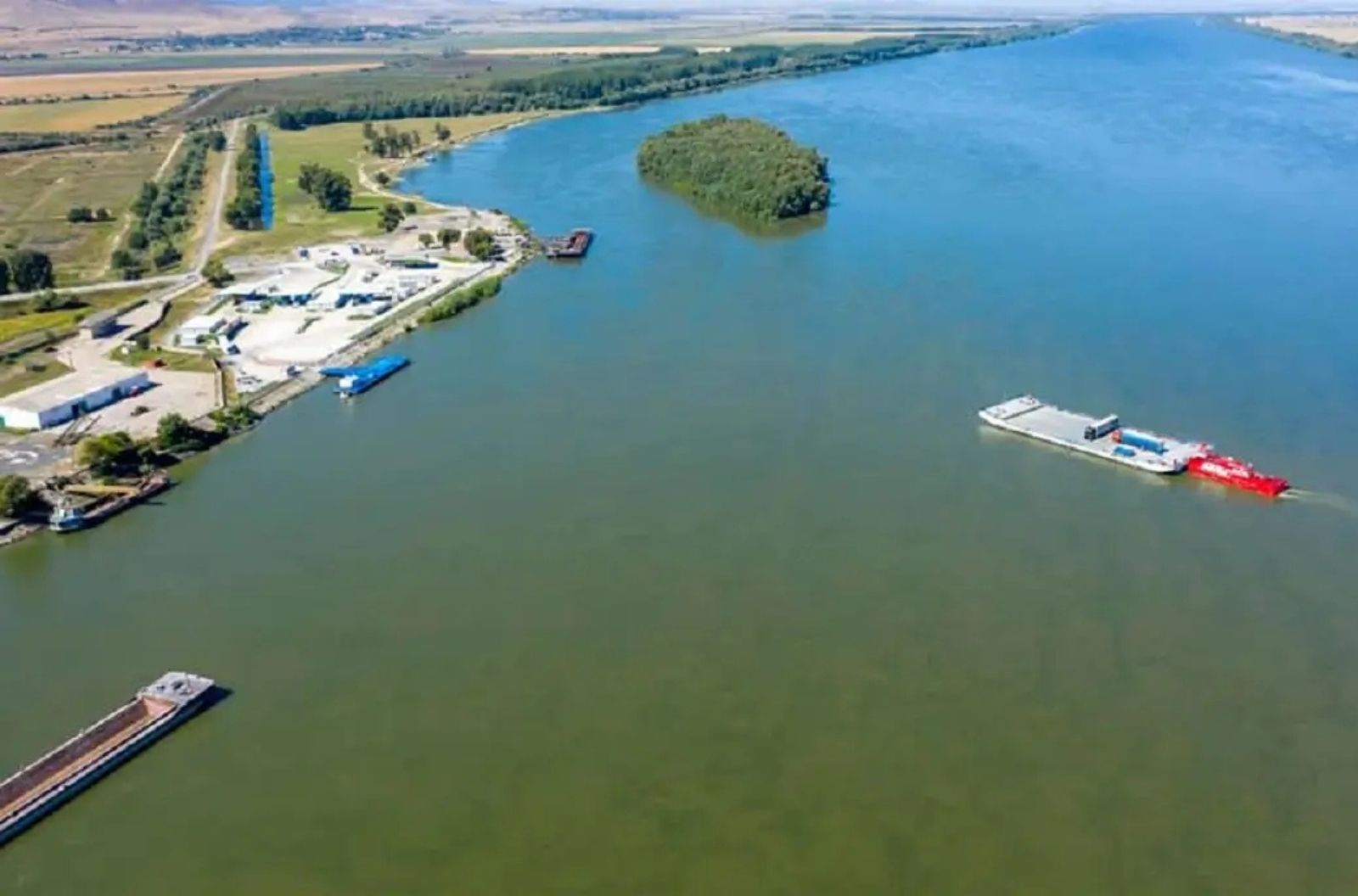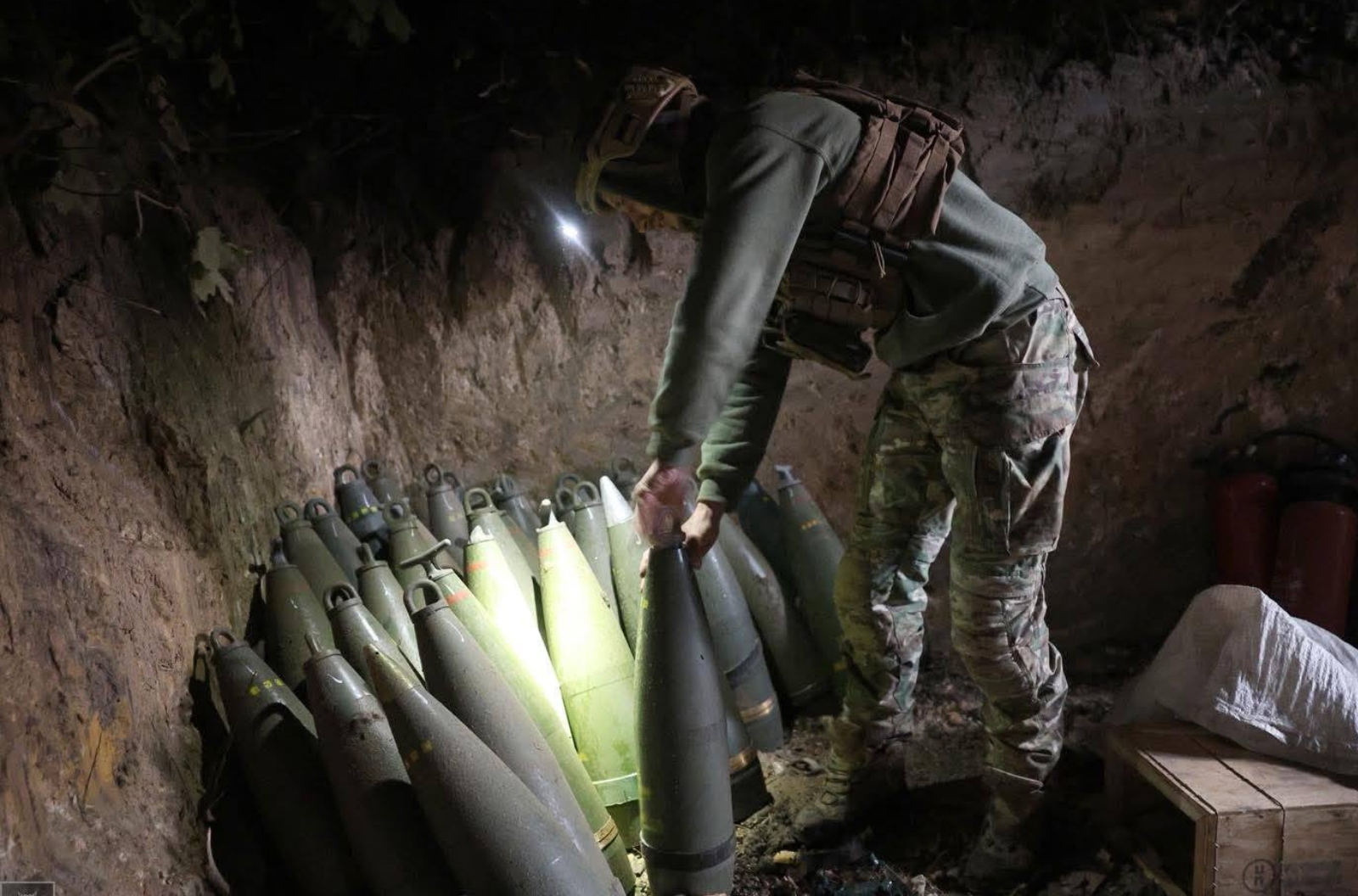Ukraine it's also a country of wild and untamed nature, which visitors can easily experience in national parks. With breathtaking glacial lakes, waterfalls, plenty of birds and animal and plant-life species, its hard to beat Ukraine for natural beauty.
Main photo: Bile Lake by Stanislav Tibatin
Lower Dniester National Nature Park

Close your eyes and imagine a kingdom of birds and fish, spreading out all the way to the horizon through the estuary, lakes, reeds and eriks (narrow channels), floodplain meadows and forests, the wide Dniester and the rapid Turunchuk.
Emerald in summer and golden-ochre in winter, thickets of reed and bulrush have become home to many species of unique animals. Here, in reeds, fish spawn, wildcats hide, otters and minks hunt, white pelicans and swans, glossy ibis and ducks, waders and cormorants have a rest on the waves of the estuary and lakes, and sea eagles and hen harriers keep watch over the prey from the blue skies. Hundreds of plant species grow in the enchanting floodplain forest, velvet meadows, and on the steep banks.
All this is a large delta of the Dniester, protected by the Lower Dniester National Nature Park. When travelling along the trails and routes of the park, remember – the Dniester Delta reveals its secrets with voices, colours and smells to those who respect nature and can patiently wait, see, hear and feel.
2 educational trails
2 water routes
2 wetlands of international significance
700 plant species
250 bird species
67 fish species
90 kg the largest catfish caught here
14 thousand birds - on the estuary during migrations

Photo: Serhii Kovalov

Photo: Maryna Ziabchenkov
Tuzly Estuaries National Nature Park

From the bird’s-eye view, Tuzly Estuaries National Nature Park outlines resemble a crown – the symbol of power and might of mythological god of the sea Poseidon. The park consists of 13 estuaries sparkling with emerald-blue glass-like surface along the Black Sea coast between the Danube and Dniester Rivers. This land is famous for the boundless sandbar with brilliant white sand, gentle and warm sea and curative estuaries. Wild nature admirers will definitely get their breath taken away.
One of the largest migration paths of birds goes through the park territory so in spring and autumn millions of birds stop there to build up for distant journeys. Grey steppe, red pickleweed, green reed… The coasts change their colours every season. The fragrance of the sea merges with the fragrance of the forest which was planted there in the 1950s. This is a wonderful place for hiking and camping. In the forests, you can find wild forest orchid (Orchidáceae) and feather grass on certain steppe areas and estuary slopes.
During recreation on the sea coast you can often watch the dolphins. At night, it is possible to observe the magnificent August shooting star shower and the night sparkling of the sea. There are several travel routes in the park. They run through picturesque spots of virgin nature: along the sea, the coasts of estuaries, amidst the forest and steppe where the ancient pathways of female warriors, as well as the Cimmerians, Scythians and Sarmatians, went. The traces of ancient tribes are still found by archaeologists, and the burial mounds testify about battles that took place on wide steppe areas.
6 travel routes
100 km length of routes
13 estuaries
44 km of sandbar delimiting the Black Sea and the estuaries
262 bird species
1 million of migrating birds


Danube Biosphere Reserve

The Danube Delta Biosphere Reserve is a labyrinth of water and land shared between Romania and Ukraine. It is made up of countless lakes, channels and islands at the end of a 2,860 km-long river. The Danube Delta is the largest European wetland and reed bed, and also constitutes Europe’s largest water purification system. The area is particularly well known for its abundance of birdlife, with the presence of 312 important bird species, many of which use the Delta as an important stopover and breeding area. About 90 fish species are present including populations of sturgeon (Acipenser). The Delta is also one of the last refuges of the European mink (Mustela lutreola), the wildcat (Felis silvestris), the freshwater otter (Lutra lutra) and the globally threatened monk seal (Monachus monachus).
The Danube Delta is home to a rich mix of Bulgarian, Gagauz, Lipovan, Moldavan, Russian, Turkish and Ukrainian people, scattered around the delta in small villages. The main economic activities in the biosphere reserve are fishing, hunting, reed harvesting, livestock raising and subsistence agriculture, as well as tourism.
In the centre of the town of Vylkove you'll find the Biosphere Reserve office, with an on-site museum and informational videos (in German and Russian). The staff speaks some English and can set you up with a local tour operator to take you into the reserve by boat.
the reserve is home to 70% of the world's white pelicans
623 000 ha of total area
312 important bird species
90 fish species
'0km mark' Danube's terminus























